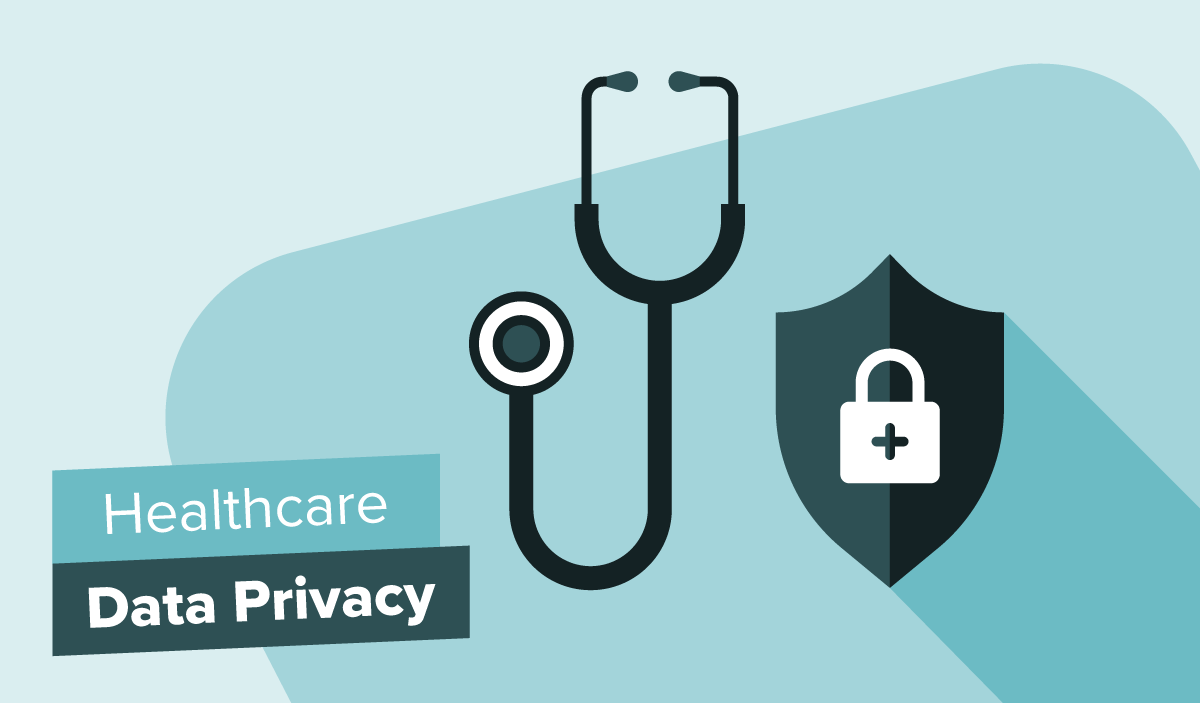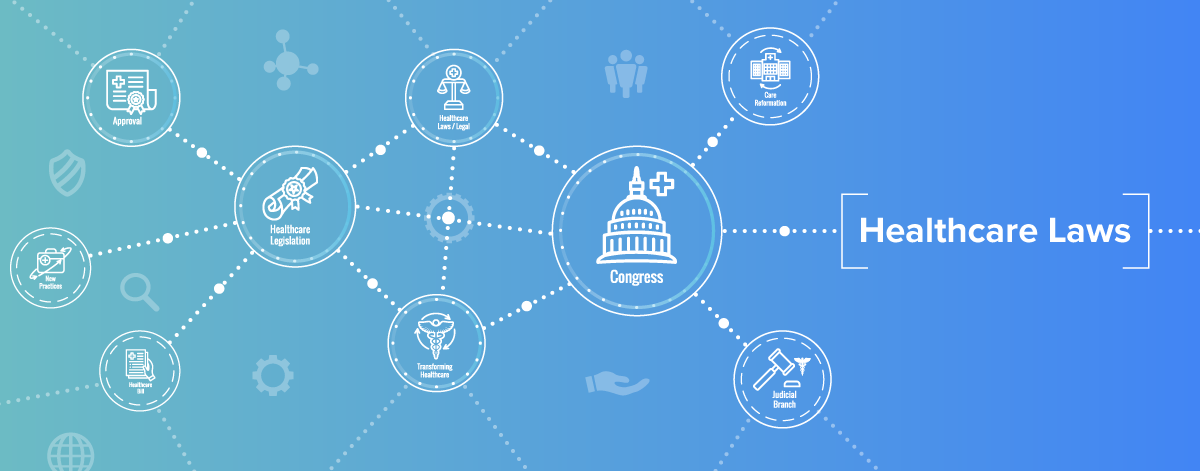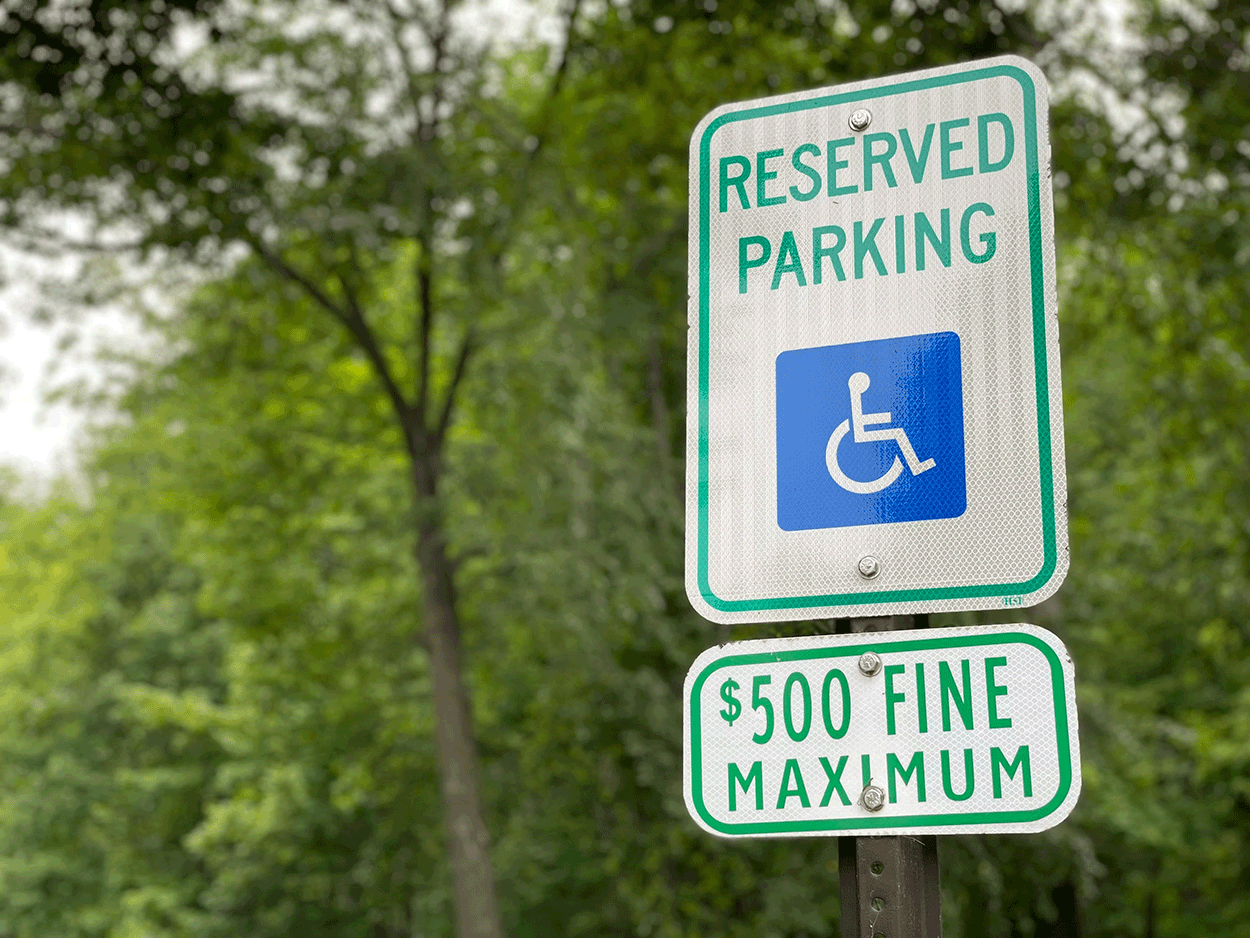Table of Contents |
Laws in the United States are made at the federal, state, and local levels, including laws that affect public health. Some notable public health laws discussed earlier in the course include the Health Insurance Portability and Accountability Act (HIPAA), the Civil Rights Act, the Patients’ Bill of Rights, and the Affordable Care Act (ACA).

Each of these laws plays a crucial role in protecting and ensuring the privacy and security of health information, for example, and promoting access to health care and health equity. What’s the difference between a law and a policy? The distinction between these legislative and administrative terms deserves clarification. Here, the definitions will be general and aim to illustrate some of the most common ways federal, state, local, and tribal governments use their power to safeguard our health.
Law is a system of rules that encompasses the scope of the government’s power to constrain autonomy, privacy, liberty, or other legally protected interests of individuals. The enforcement of these laws is for the common good to ensure conditions for people to be healthy. These laws are developed in collaboration with partners like health care providers, businesses, the community, the media, and academia.
EXAMPLE
A public health law is the fluoridation of water. Fluoridation laws are governed by state and local laws rather than a single federal law. These laws mandate the addition of fluoride to public water supplies to reduce dental cavities. The Environmental Protection Agency (EPA) oversees the standards for drinking water fluoridation. Enforcement occurs at the state level.The U.S. Congress passes national laws, sometimes called “acts,” to address social, economic needs, or health needs and problems. Regulatory agencies are empowered to enforce those laws by adopting regulations that implement them. These regulations, in the context of public health, are a general statement issued by an agency, board, or commission that has the force and effect of law. The “force and effect of law” in health care regulations refers to the legal authority and enforceability of the rules and regulations issued by government agencies. Once finalized, these regulations are enforceable and must be followed by individuals, organizations, and industries (CDC, 2024d). These regulations are designed to specify the details and requirements necessary to implement and enforce the legislation (act) enacted by Congress.
A public health regulation example is the Centers for Disease Control and Prevention (CDC) issuing regulations to ensure the implementation of public health laws. For example, this could be a regulation related to disease control and prevention, like the authority to isolate and quarantine individuals seeking to enter the United States who have a communicable disease (CDC, 2024b).

Public health policy refers to the laws, regulations, actions, and decisions implemented within society to promote wellness and ensure that specific health goals are met. Public health policy establishes clear goals and solutions toward population health (Columbia Mailman School of Public Health, 2021). Public health policy can range from formal legislation to community outreach efforts. Public health policy covers multiple sectors and includes health care, insurance, education, business, and more.
This table summarizes the definitions of law, regulation, and policy to provide context for this lesson.
| Term | Definition |
|---|---|
| Law | It encompasses the scope of the government’s power to constrain the autonomy, privacy, liberty, or other legally protected interests of individuals. The enforcement of these laws is for the common good to ensure conditions for people to be healthy. |
| Regulation | It is a general statement issued by an agency, board, or commission that has the force and effect of law. It is designed to specify the details and requirements for implementing and enforcing the legislation (act) enacted by Congress. |
| Policy | It refers to the laws, regulations, actions, and decisions implemented within society to promote wellness and ensure that specific health goals are met. Public health policy establishes clear goals and solutions toward population health. |
Tribal governments administer public health laws and policies enacted by the U.S. Congress through a combination of sovereignty, self-determination (the right and ability of tribes to govern and manage their own health care systems and services), and collaboration with federal agencies. Tribal governments are sovereign nations with the inherent power to govern themselves. This means they have the authority to administer their own public health programs and policies.
Tribes use their sovereign authority to address public health issues and promote the well-being of their communities. They have public health laws around water rights and environmental health, ensuring access to clean water and protecting natural resources. Tribes have laws and policies in place to control the spread of infectious diseases, including vaccination requirements and quarantine measures, and tribes have the authority to engage in emergency preparedness and response activities tailored to their communities (CDC, 2024c).
The Public Health Service Act is a law, mentioned in a previous lesson, that consolidated and revised all existing legislation related to public health services. Let’s take a closer look at this law and its significance to public health.
IN CONTEXT
The Public Health Service Act
Recall that, in 1798, the first Public Health Service Act authorized marine hospitals to care for American merchant seamen. The act clearly established the federal government’s quarantine authority for the first time, and it gave the U.S. Public Health Service (PHS) the responsibility of preventing the introduction, transmission, and spread of communicable diseases from foreign countries into the United States.
Since then, changes and amendments have vastly changed and expanded the role of the PHS in the United States. Now, PHS is tasked with advancing and protecting national physical and mental health (National Cancer Institute, 2016).
The Public Health Service Act of 1944 provided a legislative foundation for public health services in the United States and consolidated and revised all the existing legislation. The act is codified in Title 42 of the U.S. Code, Chapter 6A (PHS). The act has been amended many times, including significant amendments like the Family Planning Services and Population Research Act of 1970, the National Cancer Act of 1971, and HIPAA of 1996. It has been amended (updated or changed) multiple times to address emerging health needs, with the most recent amendments made in 2021.

Why do we need public health laws anyway? Public health laws and policies help protect communities from health threats by establishing regulations and standards. Laws and policies ensure that health goals are met and promote overall well-being. They can address barriers to good health and promote health equity. They ensure that all individuals have fair and realistic opportunities to achieve optimal health regardless of socioeconomic status. Laws and policies also improve public health through collaboration with other sectors, such as housing, transportation, and education. Laws and policies facilitate this collaboration and leverage resources across different sectors (McGowan et al., 2019). Law itself is considered a determinant of health because effective public health laws can lead to better health outcomes by shaping the social and physical environments in which people live.
IN CONTEXT
Noteworthy Public Health Laws
Many public health laws have a significant impact on daily living by addressing various environmental and health-related issues. Several have already been discussed earlier in the course (e.g., the Clean Air Act, the Safe Drinking Water Act, and smoke-free laws and policies). Others worth highlighting are as follows:These various public health laws are designed to protect and promote the health of the population, address various health risks, and ensure a safe and healthy environment (Office of Disease Prevention and Health Promotion, n.d.).
- The Family Smoking Prevention and Tobacco Control Act gives the Food and Drug Administration (FDA) the authority to regulate the manufacture, distribution, and marketing of tobacco products to protect public health (Public Health Law Center, 2015).
- The Food, Drug, and Cosmetic Act gives the FDA the authority to oversee the safety of food, drugs, and cosmetics, ensuring these products are safe for consumption and use.
- Vaccination laws require certain vaccinations for children to attend school and for health care workers to prevent outbreaks of contagious diseases.
- Food safety regulations are laws that ensure that food products are safe for consumption by setting standards for food production, processing, and distribution.
- Motor vehicle safety laws include seat belt requirements, child car seat regulations, and drunk driving laws to reduce injuries and fatalities on the roads (CDC, 2024a).
- Emergency preparedness laws provide the framework for responding to public health emergencies, such as natural disasters, pandemics, and bioterrorism (intentional release of biological agents, such as bacteria, viruses, or toxins, to cause illness or death in people, animals, or plants).
Without public health laws and regulations, our society would face numerous challenges and risks. One potential consequence is the increased spread of diseases. Without vaccination requirements and disease control measures, contagious diseases could spread more easily, leading to outbreaks and epidemics. We would also experience unsafe food and water because, without food safety regulations, there would be a higher risk of foodborne illnesses and contamination. Similarly, without environmental health laws, water quality could deteriorate, leading to waterborne diseases.
We would also face higher injury and fatality rates on the roads because, without motor vehicle safety laws, such as seat belt and drunk driving regulations, there would likely be more traffic accidents, injuries, and fatalities. Further, without emergency response and preparedness laws, the response to public health emergencies, such as natural disasters or pandemics, would be less coordinated and effective, potentially leading to a greater loss of life and property. Public health laws and regulations are essential for protecting and promoting the health and well-being of the population. They help create a safer and healthier environment for everyone.
Laws sometimes start with frustration and anger over social injustice. Advocates are needed to press for new laws and updates or amendments to existing laws to ensure the public is protected from the risk of injury or death. Advocacy in public health policy involves strategic actions taken to influence decision-makers, policymakers, and the public to adopt and implement policies that improve public health outcomes. This can include a range of activities such as raising awareness through education about specific health issues and the need for policy change; engaging support from partners like community members, organizations, and political leaders; lobbying by directly interacting with legislators and government officials to persuade them to enact laws and regulations; or leveraging evidence from research and data to inform and support policy recommendations.
Public health advocacy aims to create an environment where optimal health is possible for all individuals by addressing social determinants of health, reducing health disparities, and promoting equitable access to health care (Johns Hopkins University Bloomberg School of Public Health, n.d.).
IN CONTEXT
Mothers Against Drunk Driving (MADD): Policy and Advocacy Leading to Law
MADD was founded in 1980 by Candace Lightner after her 13-year-old daughter, Cari, was killed by a drunk driver. Initially, it began as a grassroots movement led by grieving mothers who had lost their children to drunk driving incidents. MADD quickly developed into a powerful advocacy group that has had a profound impact on drunk driving laws and public awareness.
MADD played a significant role in raising the national minimum drinking age to 21. They successfully lobbied (pressed for) to lower the blood alcohol concentration (BAC) limit for a drunk driving charge from 0.10 to 0.08 nationwide. MADD’s impactful national public awareness campaigns, including TV ads and education programs, highlighted the tragic realities of drunk driving and put human faces to the preventable tragedies caused by drunk driving.
Another element of their public awareness is the SmartWheels bus. This traveling bus allows students to experience, with VR goggles, why alcohol, drugs, and driving don’t mix.
Over the years, MADD has helped pass over 1,000 new laws involving alcohol on both local and national levels, including laws regarding server liability, sobriety checkpoints, and maintaining the minimum drinking age. Since its founding, MADD’s advocacy has helped cut drunk driving deaths in half, saving around 350,000 lives.
MADD continues to be a leading voice in the fight against drunk driving, providing critical services for victims and advocating for change through awareness, legislation, and rehabilitation programs.
(MADD, n.d.)
Drunk driving in the 1970s (prior to laws) was a major cause of traffic fatalities. In 1982, there were approximately 21,113 alcohol-related traffic deaths (National Highway Traffic Safety Administration, n.d.). After drunk driving laws in the 1980s and beyond, there was a significant decline in alcohol-related deaths. In recent years, there have been 13,524 deaths from drunk driving crashes. The number of alcohol-related traffic deaths has decreased by nearly 50% since the early 1980s. These laws have contributed to a reduction in injuries related to drunk driving.
Without advocacy for public health policy, the public and policymakers might remain unaware of critical health issues, leading to insufficient attention and resources being allocated to address them. Without advocacy, the process of developing and implementing effective public health policies could be significantly slower, delaying necessary interventions. Public health programs and initiatives might struggle to secure funding, resulting in reduced services and support for communities. Advocacy often focuses on addressing health inequities. Without advocacy, disparities in health outcomes among different populations could widen, leaving vulnerable groups without the necessary protections and resources. Advocacy is crucial for driving positive change, ensuring that public health remains a priority and that policies are in place to protect and promote the health of all individuals.
Source: THIS TUTORIAL WAS AUTHORED BY SOPHIA LEARNING. PLEASE SEE OUR TERMS OF USE.
Disclaimer: The use of any CDC and United States government materials, including any links to the materials on the CDC or government websites, does not imply endorsement by the CDC or the United States government of us, our company, product, facility, service, or enterprise.
REFERENCES
Centers for Disease Control and Prevention. (2024a, April 24). Facts about seat belt use. www.cdc.gov/seat-belts/facts/index.html
Centers for Disease Control and Prevention. (2024b, May 15). Laws and regulations governing the control of communicable diseases. www.cdc.gov/port-health/legal-authorities/index.html
Centers for Disease Control and Prevention. (2024c, May 15). Tribal public health. www.cdc.gov/phlp/php/tribal-public-health/index.html. Accessed October 7, 2024
Centers for Disease Control and Prevention. (2024d, August 13). About CDC regulations. www.cdc.gov/regulations/about-regulations/index.html
Columbia Mailman School of Public Health. (2021, May 6). Public health policy: Definition, examples, and more. www.publichealth.columbia.edu/news/public-health-policy-definition-examples-more?
Johns Hopkins Bloomberg College of Public Health. (n.d.). Advocacy. publichealth.jhu.edu/what-is-advocacy
MADD. (n.d.) Drunk driving impacts everyone. madd.org/drunk-driving/
McGowan, A. K., Kramer, K. T., and Teitelbaum, J. B. (2019). Healthy People: The role of law and policy in the nation’s public health agenda. The Journal of Law, Medicine & Ethics, 47(S2), 63–67. doi.org/10.1177/1073110519857320
National Cancer Institute. (2016, February 16). Public Health Service Act. National Institutes of Health. www.cancer.gov/about-nci/overview/history/public-health-service-act
National Highway Traffic Safety Administration. (n.d.). Drunk driving. www.nhtsa.gov/risky-driving/drunk-driving
Office of Disease Prevention and Health Promotion. (n.d.). Environmental conditions. health.gov/healthypeople/priority-areas/social-determinants-health/literature-summaries/environmental-conditions
Public Health Law Center. (2015, March). Laws, policies and regulations: Key terms & concepts. www.publichealthlawcenter.org/resources/laws-policies-and-regulations-key-terms-concepts